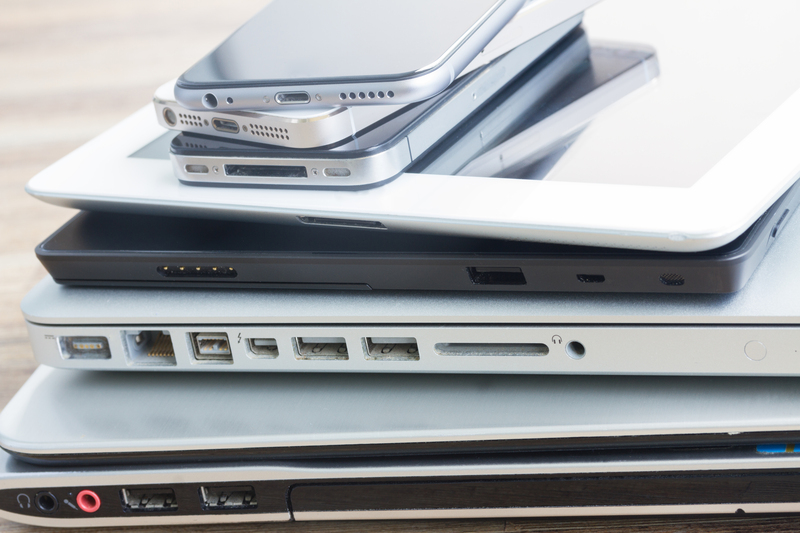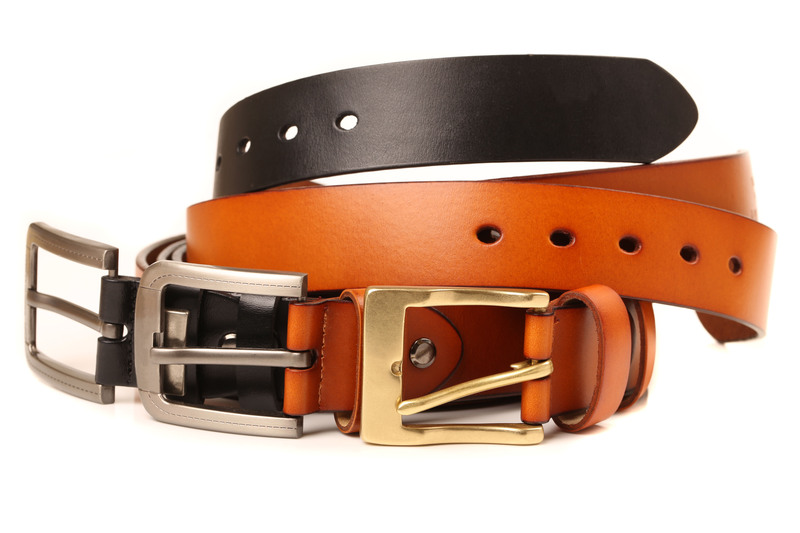Expert Tips on Piano Moving: Leave It to the Professionals
Moving a piano is much more complex than relocating ordinary furniture. Pianos are heavy, fragile, and expensive instruments that require expertise, special equipment, and proper technique to ensure safety and avoid costly damage. Whether you are an avid musician, a homeowner, or simply someone with an appreciation for fine instruments, understanding why professional piano movers are invaluable can help you make informed decisions and protect your investment. This article offers expert advice, comprehensive tips, and up-to-date information to guide you through the process of piano moving and highlights reasons why leaving this delicate job to the experts is always the smartest option.
Why Is Moving a Piano So Challenging?
Pianos are not only heavy; they are also awkwardly shaped and have intricate mechanisms inside. A single mistake during the piano moving process could not only ruin the instrument but also cause significant injury or property damage. Here's why piano moving is a difficult task:
- Weight Distribution: Grand and upright pianos can weigh anywhere from 300 to 1,400 pounds, with much of the weight concentrated in the cast iron plate.
- Delicate Interior: Pianos contain thousands of moving parts that must remain aligned and undamaged.
- Large Dimensions: Their size makes them difficult to maneuver through tight spaces, stairs, or doorways.
- Balance Issues: Tipping or improper lifting can damage the legs, pedals, or other parts and cause harm to the movers.

Why You Should Hire Professional Piano Movers
It may be tempting to try and save money by moving a piano yourself or with the help of friends. However, only trained piano relocation specialists have the right expertise and equipment for the job. Here are some convincing reasons to always leave piano moving to the professionals:
Specialized Equipment and Techniques
Professional piano moving companies use specialized tools and materials such as piano dollies, skid boards, moving straps, and heavy-duty padding. They employ techniques honed through countless moves, protecting both the instrument and your property from damage.
Experience Prevents Damage
Even a minor bump against a wall or doorframe could ruin the finish or disturb the internal mechanisms of a piano. Expert piano movers know exactly how to navigate corners, stairs, and tight hallways while keeping the instrument perfectly balanced.
Insurance and Liability
Most reputable piano moving services offer insurance that covers potential damages during transport. DIY moves do not, meaning you're fully responsible if something goes wrong.
Protecting Yourself and Others
The risk of injury is high when moving something as heavy and awkward as a piano. Professional movers are trained in safety protocols and have the physical strength and team coordination needed for these demanding tasks.
Types of Pianos and Their Moving Requirements
Piano moving expertise varies depending on the instrument type. Here are the main categories:
- Upright Pianos: Uprights are more compact but still heavy and require skilled maneuvering, especially up or down stairs.
- Grand Pianos: Their large size and irregular shape make grand pianos particularly challenging. Parts such as legs, pedals, and the lyre are usually detached and professionally wrapped before transport.
- Digital Pianos: While lighter, some digital models are still bulky and fragile. Professional movers can guarantee careful handling.
Step-by-Step Guide: The Professional Piano Moving Process
Want to understand how the pros handle safe piano moving? Here's a breakdown of the meticulous process:
- Assessment: Movers assess the piano's size, weight, and the layout of both origin and destination. This includes measuring doors, hallways, and staircases.
- Preparation: The piano is securely wrapped in thick blankets to protect it from scratches and dings. For grand pianos, legs and lyre are carefully detached.
- Lifting and Loading: Using specially designed dollies and skid boards, the team expertly lifts and transfers the piano onto a moving truck.
- Transport: The moving vehicle is equipped with features (like climate control and no-slip flooring) that ensure the piano's safe journey.
- Unloading and Positioning: At the new destination, the piano is delicately unwound, reassembled if necessary, and placed in the desired location.
Common Mistakes When Moving a Piano Yourself
Considering a DIY approach to relocating your piano? Be aware of these frequent--and often costly--mistakes homeowners make:
- Insufficient Manpower: Many underestimate just how much strength and coordination are needed, leading to accidents or injuries.
- Wrong Equipment: Using inappropriate gear like regular dollies or straps can result in severe damage.
- Improper Handling: Dragging, tilting, or dropping the piano can harm both the instrument and your floors or walls.
- Lack of Insurance: If your piano is damaged during a DIY move, you bear 100% of the repair or replacement costs.
- Damage to the Environment: Pianos can gouge hardwood floors or break through stairs if mishandled.
Expert Piano Moving Tips: What the Pros Recommend
If you're hiring a reputable piano moving company--which is strongly advised--there are things you can do to ensure a smooth process:
- Book in Advance: Professional movers get busy, especially during peak seasons. Plan ahead to secure your preferred date.
- Clear the Path: Remove furniture, rugs, and obstacles along the intended route to make the job easier and faster.
- Communicate: Tell movers in advance about any staircases, tight turns, or access challenges.
- Document Your Piano: Take photos before and after the move for insurance purposes.
- Prepare for Tuning: All pianos need tuning after being moved, even by professionals. Schedule a tuning session shortly after the relocation.
Questions to Ask Your Piano Moving Company
- Are you licensed and insured?
- How many pianos have you moved?
- Do you have dedicated piano moving equipment?
- Can you provide references or reviews?
- How do you handle tricky access points, like stairs or narrow hallways?
- What happens in case of damage?
The Cost of Professional Piano Moving
The price of hiring expert piano movers varies depending on:
- Piano type (upright, baby grand, concert grand)
- Distance between locations
- Access difficulties (stairs, elevators, tight spaces)
- Special handling or additional services
- The need for storage or climate control
On average, local moves range from $150 to $500 while long-distance moves can cost $500 to $2,000 or more. While this may seem expensive, remember: the potential cost of damage to a valuable piano can be far higher.
Storing Your Piano: Additional Considerations
Sometimes, a move also requires short- or long-term storage. Pianos are sensitive to temperature and humidity changes, so choose a climate-controlled storage solution offered by your piano mover or a specialist warehouse.
- Always use professional movers for the storage process--proper reassembly and protection are crucial.
- Ask about storage insurance and security measures.
- Confirm the facility has stable humidity and temperature controls to prevent warping or damage to sensitive components.
After the Move: Ensuring Your Piano Stays in Top Shape
Even a perfectly executed piano relocation can affect an instrument's tone and performance. Here's what to do after a move:
- Allow the Piano to Acclimate: Give your piano a week or two to adjust to its new environment before tuning.
- Schedule Professional Tuning and Inspection: Have a qualified piano technician tune and inspect the instrument for any potential issues caused by the move.
- Monitor Temperature and Humidity: Use a hygrometer to ensure conditions are ideal for your piano.

Frequently Asked Questions about Piano Moving
Can I move a piano myself with enough people?
While it's technically possible, it's strongly discouraged. The risk of injury, instrument damage, and property loss is high. Professional piano movers have the right equipment, training, and insurance.
Do upright and grand pianos require different moving methods?
Absolutely. Grand pianos require partial disassembly and careful reassembly. Uprights, while seemingly easier, still have unique balance and weight considerations.
How do professionals protect the piano during the move?
Movers use thick blankets, plastic wrap, and custom-fitted padding. They secure moving parts, use reinforced lifting straps and dollies, and take great care through entryways and on moving trucks.
How soon after the move should I tune my piano?
Wait 1-2 weeks for the piano to adapt to its new environment before having it tuned by a professional.
What should I look for in a piano moving company?
Look for specific experience in piano moving, proper licenses and insurance, excellent reviews, and transparent pricing. Ask about their process and the equipment they use.
Conclusion: Trust the Experts for a Safe Piano Move
While moving a piano might seem straightforward, the reality is that it's a specialized job best left to qualified professionals. The intricacies of expert piano moving ensure your instrument's safety, your property's protection, and your own well-being. The financial investment in professional moving services is minimal compared to the potential loss from damage or injury.
If you are planning a move, don't take chances! Hire an experienced piano moving specialist for peace of mind and the best care for your beloved instrument. Remember: When it comes to piano relocation, leave it to the professionals.